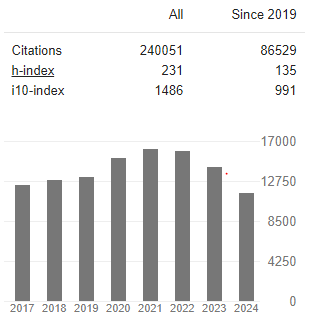Treatment of Chronic Muscle Spasm Secondary to Chemotherapy – A Case Report
Abstract
Roger H. Coletti
A known common complication of chemotherapy is the development of muscle spasms. The etiology of which may be multifactorial. However, unlike spasticity secondary to stroke, chronic muscle spasms are not maintained by neurological impulses or lack thereof. Chronic muscle spasms are maintained by continuous spontaneous electrical activity (SEA) throughout the body of the muscle. I have proposed the underlying cause for the SEA is muscle ischemia and the SEA is essentially an arrhythmia similar to what is seen with arrhythmias caused by cardiac ischemia [01]. Regardless of the initial insult that results in chronic muscle spasm, the spasm takes on a life of its own. Treatment with various modalities needs to relieve the SEA and the ischemia. The ischemia results from the muscle contraction impeding its own blood supply on a microcirculatory level. Animal research that I done during my cardiology fellowship but unfortunately failed to publish demonstrated that progressive doses of beta blockers that progressively suppressed cardiac contraction led to a reversal of the systolic/diastolic coronary flow. With enough suppression the predominant coronary flow became systolic rather than diastolic. This simple finding shows that contracting muscle will limit blood flow into the muscle. In most cases muscle spasms are temporary. However, if left unattended the muscle starts to run out of the energy required to relax. It is little appreciated that it takes more energy for the muscle to relax than to contract. It is sort of a mouse trap model where it takes energy to set the trap but minimal to set it off.



